Baskin, Leonard. 2003. "Musk Deer (Moschinae)." Pp. 335-338 in Grzimek's Animal Life Encyclopeda, 2nd edition. Volume 15, Mammals IV, edited by Michael Hutchins, Devra G. Kleiman, Valerius Geist, and Melissa C. McDade. Farmington Hills, MI: Gale Group.
Bisby, F.A.; Roskov, Y.R.; Orrell, T.M.; Nicolson, D.; Paglinawan, L.E.; Bailly, N.; Kirk, P.M.; Bourgoin, T.; Baillargeon, G.; and Ouvrard, D. (red.). 2011. "Moschus berezovskii Fletov, 1929." Species 2000 & ITIS Catalogue of Life: 2011 Annual Checklist. Reading, UK. Retrieved December 13, 2014.
- Available at: http://www.catalogueoflife.org/annual-checklist/2011/details/species/id/6903816
“Chinese Forest Musk Deer (Moschus berezovskii).” ARKive.org: Species > Mammals. Retrieved December 13, 2014.
- Available at: http://www.arkive.org/chinese-forest-musk-deer/moschus-berezovskii/image-G128081.html
“Chinese Forest Musk Deer (Moschus berezovskii).” iNaturalist.org: Observations > Species. California Academy of Sciences. Retrieved December 13, 2014.
- Available at: http://www.inaturalist.org/taxa/42142-Moschus-berezovskii
“Chinese Forest Musk Deer Pictures and Facts.” The Website of Everything: Animals > Mammals > Artiodactyla > Moschidae > Moschus. Retrieved December 13, 2014.
- Available at: http://thewebsiteofeverything.com/animals/mammals/Artiodactyla/Moschidae/Moschus/Moschus-berezovskii.html
Cuvier, Fréderic. 1816 - 1829. Dictionnaire des sciences naturelles: Planches. 2e partie: règne organisé. Zoologie, Mammiféres. Paris: F.G. Levrault.
- Available via Biodiversity Heritage Library at: http://biodiversitylibrary.org/page/24392850
Dao Van Tien. 1985. Scientific Results of Some Mammals Surveys in North Vietnam (1957-1971).
Hanoi, Vietnam: Scientific and Technical Publishing House.
Dao Van Tien. 1978. "Sur une collection de mammiferes du Plateau de Moc Chau (Province de So'n-la, Nord-Vietnam)." Mitteilungen aus dem Zoologische Museum in Berlin 54:377-391.
“Dwarf Musk Deer.” Earth’s Endangered Creatures: Species Profiles > Asia. Retrieved December 13, 2014.
- Available at: http://www.earthsendangered.com/profile.asp?view=all&ID=3&sp=735
Environment and Development Desk, DIIR, CTA. 21 January 2014. “Musk Deer.” Tibet Nature Environmental Conservation Network. Retrieved December 13, 2014.
- Available at: http://www.tibetnature.net/en/musk-deer/
Finn, Frank. n.d. The Wild Beasts of the World. Illustrated with 100 Reproductions in Full Colours from Drawings by Louis Sargent, Cuthbert E. Swan, and Winifred Austin. Volume Two. London: T.C. & E.C. Jack.
- Available via Biodiversity Heritage Library at: http://biodiversitylibrary.org/page/19080293
Flerov, Konstantin Konstantinovich. 1952. Musk Deer and Deer. Moscow, Russia: Academy of Sciences of the USSR.
Groves, C.P. 2011. "Family Moschidae (Musk-Deer)." In Handbook of the Mammals of the World. Volume 2: Hooved Mammals edited by D.E. Wilson and R.A. Mittermeier. Barcelona, Spain: Lynx Edicions.
Groves, C.P.; and Grubb, P. 1987. "Relationships of Living Deer." Pp. 1-40 in Biology and Management of the Cervidae edited by C. Wemmer. Washington, D.C.: Smithsonian Institution Press.
Groves, C. P.; Yingxiang, W.; and Grubb, P. 1995. "Taxonomy of Musk-Deer, Genus Moschus (Moschidae, Mammalia)." Acta Theriologica Sinica 15(3):181-197.
Grubb, P. 2005. "Artiodactyla." Pp. 637-722 in Mammal Species of the World. A Taxonomic and Geographic Reference (3rd Edition) Edited by D.E. Wilson and D.M. Reeder. Baltimore, MD: Johns Hopkins University Press.
Grubb, P. 1982. "The Systematics of Sino-Himalayan Musk Deer (Moschus), with Particular Reference to the Species Described by B.H. Hodgson." Saeugetierkundliche Mitteilungen. 30:127–135.
"Moschus berezovskii: Chinese Forest Musk Deer." Encyclopedia of Life. Retrieved December 13, 2014.
- Available at: http://eol.org/pages/328123/details
“Moschus berezovskii Flerov, 1929.” ITIS Report: Taxonomic Serial No. 625038. Integrated Taxonomic Information System. Retrieved December 13, 2014.
- Available at: http://www.itis.gov/servlet/SingleRpt/SingleRpt?search_topic=TSN&search_value=625038
“Musk Deer.” I Love India.com: Wildlife in India > Indian Wild Animals > Deer. Retrieved December 13, 2014.
- Available at: http://www.iloveindia.com/wildlife/indian-wild-animals/deer/musk-deer.html
Myers, P.; Espinosa, R.; Parr, C.S.; Jones, T.; Hammond, G.S.; and Dewey, T.A. 2014. "Moschus berezovskii: Chinese Forest Musk Deer (Online)." The Animal Diversity Web. University of Michigan Museum of Zoology. Retrieved December 13, 2014.
- Available at: http://animaldiversity.ummz.umich.edu/accounts/Moschus_berezovskii/classification/
Nowak, R.M. 1999. Walker’s Mammals of the World. Sixth edition. Baltimore, MD; and London, England: The Johns Hopkins University Press.
Pickrell, John. 7 September 2004. “Poachers Target Musk Deer for Perfumes, Medicines.” National Geographic.com: News. Retrieved December 13, 2014.
- Available at: http://news.nationalgeographic.com/news/2004/09/0907_040907_muskdeer.html
Rue, Dr. Leonard Lee III. 2003. The Encyclopedia of Deer: Your Guide to the World's Deer Species, Including Whitetails, Mule Deer, Caribou, Elk, Moose, and More. Stillwater MN: Voyageur Press.
Smith, A.; and Xie, Y. 2008. The Mammals of China. Princeton, NJ: Princeton University Press.
Su, B.; Wang, Y.X.; Lan, H.; Wang W.; and Zhang, Y. P. 2001. "Phylogenetic Study of Complete Cytochrome b Genes in Musk Deer (Genus Moschus) Using Museum Samples." Molecular Phylogenetics and Evolution 12(3):241-249.
Wang, Y. & Harris, R.B. 2008. "Moschus berezovskii." The IUCN Red List of Threatened Species. Version 2014.2. Retrieved December 13, 2014.
- Available at: http://www.iucnredlist.org/details/full/13894/0
Wang, Y.; Ma, S.; and Li, C. 1993. "The Taxonomy, Distribution and Status of Forest Musk Deer in China." Pp. 22-30 in Deer of China. Biology and Management, edited by N. Ohtaishi and H.-I. Sheng. Amsterdam, Netherlands: Elsevier.
Yang, Q. S.; Meng, X.X.; Xia, L.; and Lin Feng, Z.J. 2003. "Conservation Status and Causes of Decline of Musk Deer (Moschus spp.) in China." Biological Conservation 109:333-342.


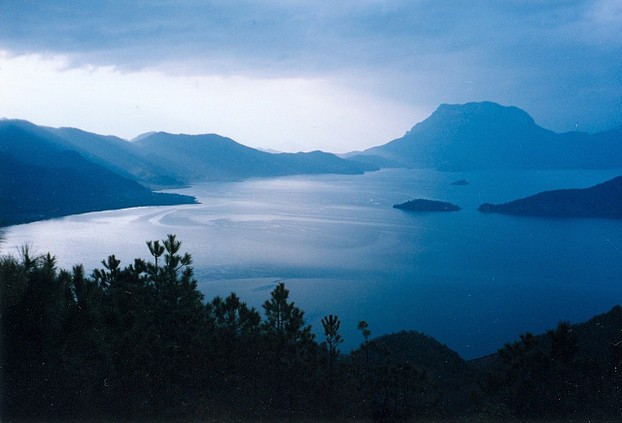
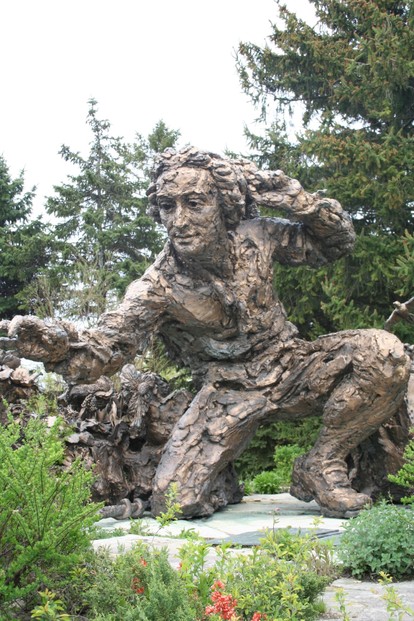
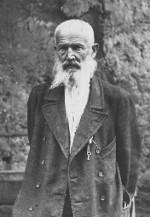
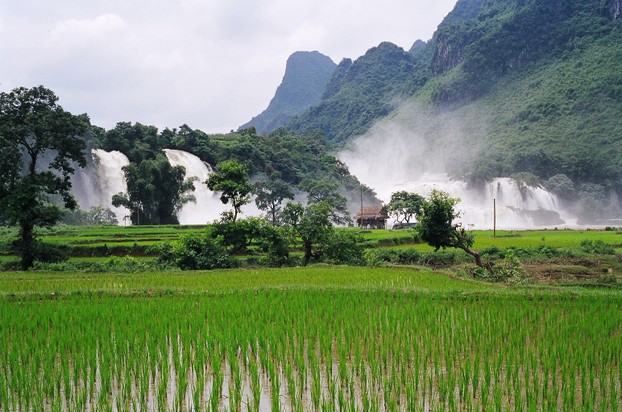
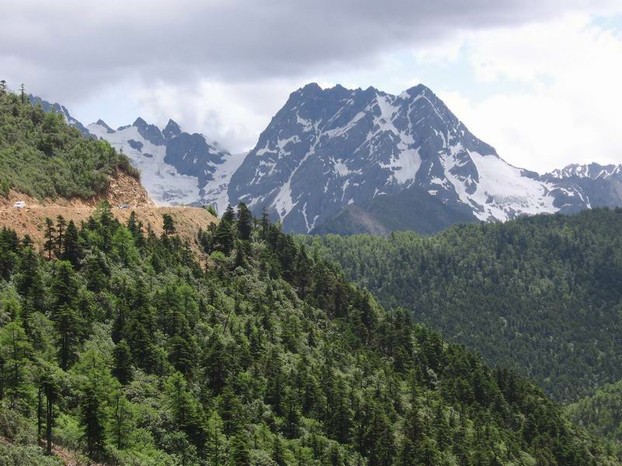
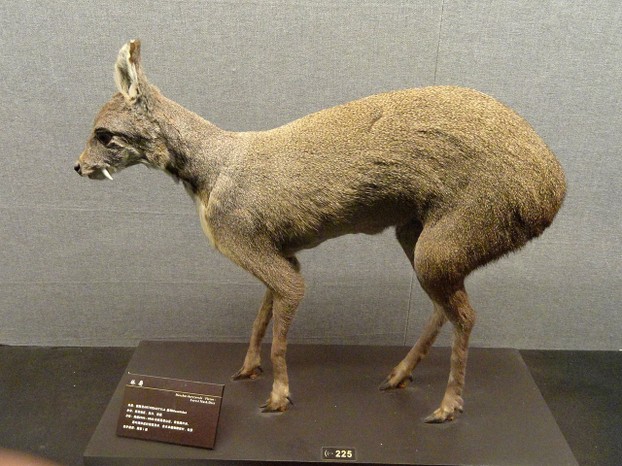
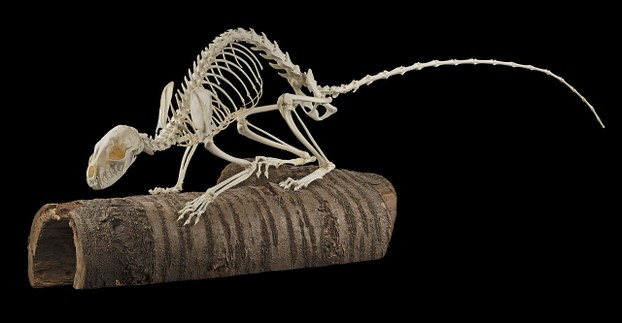
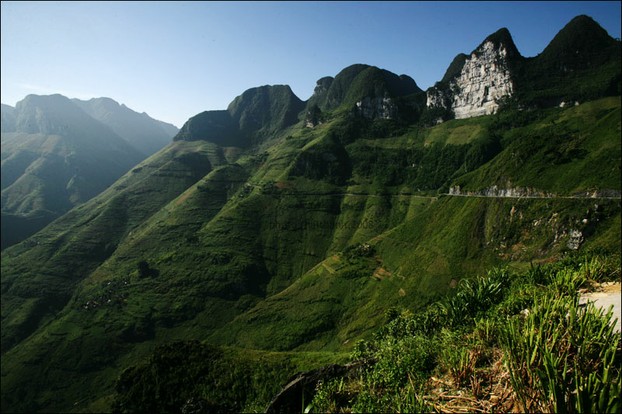
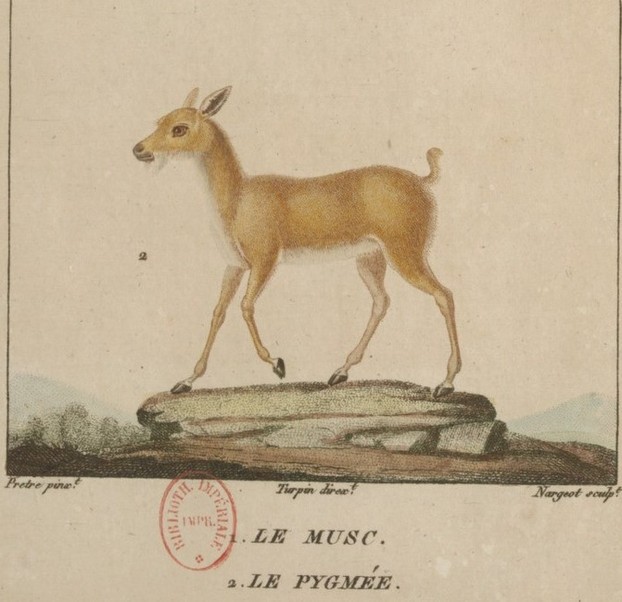
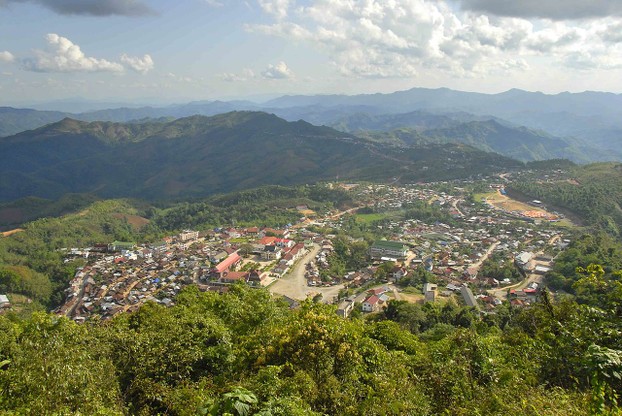

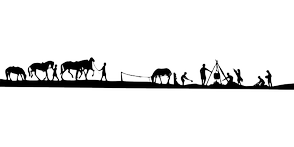

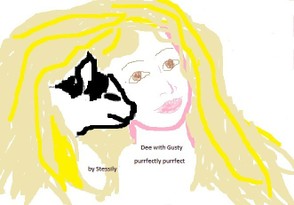
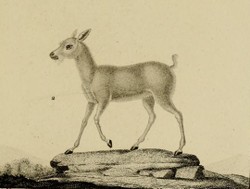

 Are Hawaiian Huakai Po Nightmarchers Avenging Halloween Thursday?on 10/02/2024
Are Hawaiian Huakai Po Nightmarchers Avenging Halloween Thursday?on 10/02/2024
 Mailing Addresses for 2023 Form 4868 Extending 1040 and 1040SR April 15, 2024, Due Dateon 04/15/2024
Mailing Addresses for 2023 Form 4868 Extending 1040 and 1040SR April 15, 2024, Due Dateon 04/15/2024
 Mailing Addresses for 2023 Forms 1040 and 1040SR Filed in 2024on 04/15/2024
Mailing Addresses for 2023 Forms 1040 and 1040SR Filed in 2024on 04/15/2024
 Mailing Addresses for 2022 Form 4868 Extending 1040 and 1040SR April 18, 2023, Due Dateon 04/13/2023
Mailing Addresses for 2022 Form 4868 Extending 1040 and 1040SR April 18, 2023, Due Dateon 04/13/2023

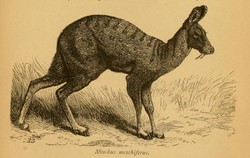
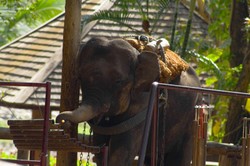
Comments